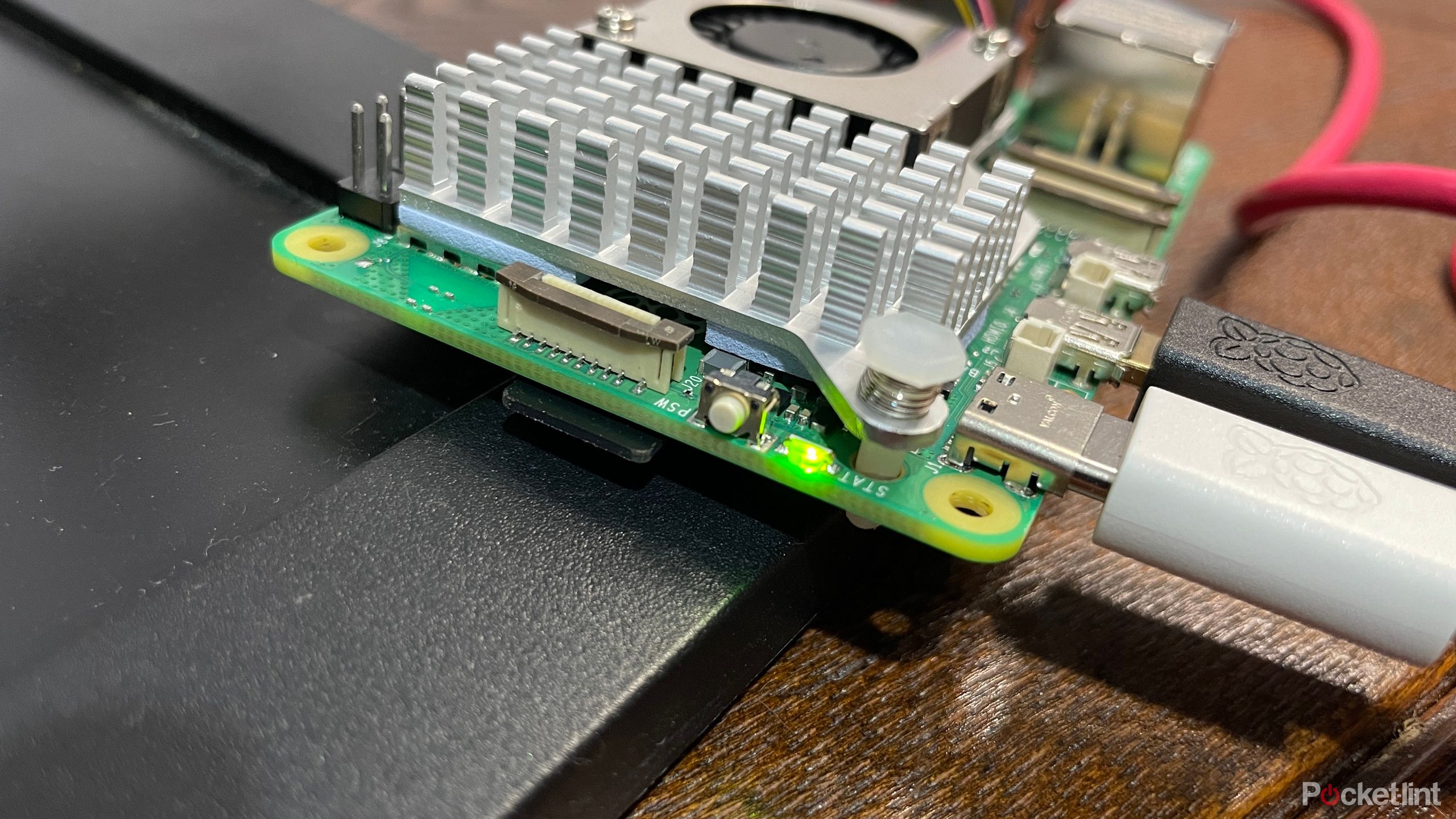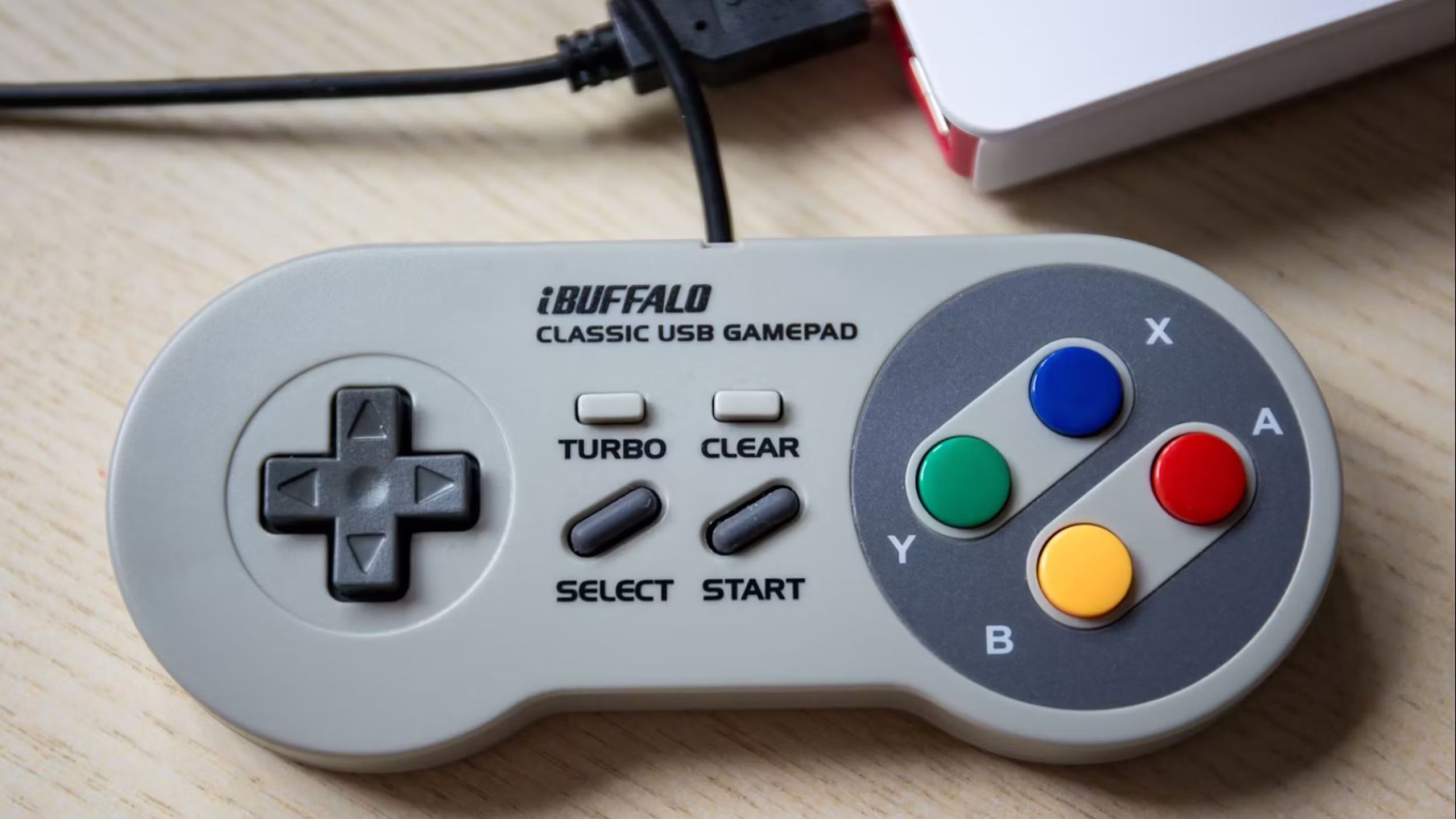-
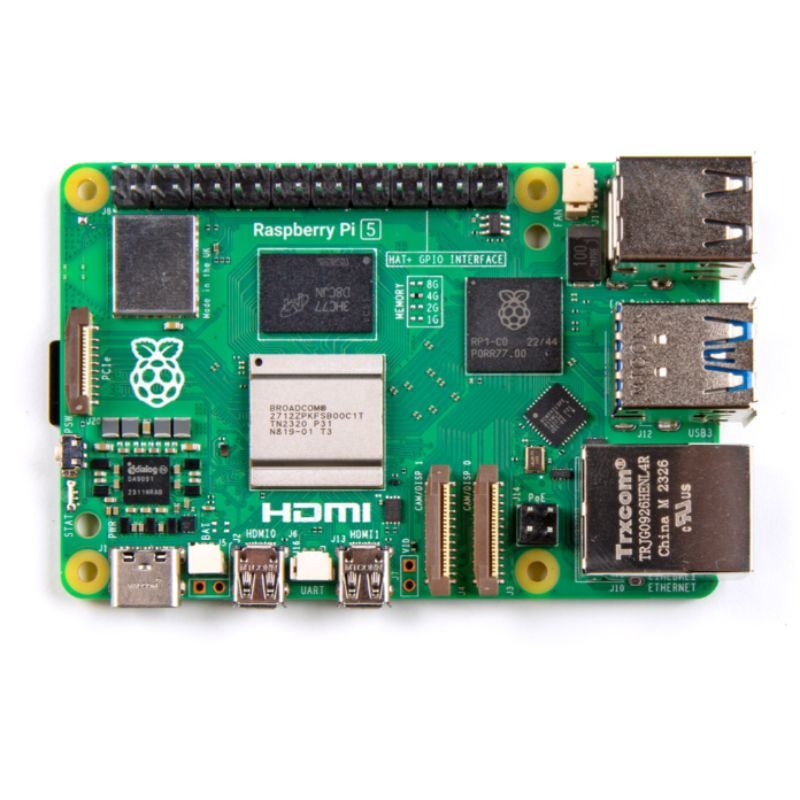
Raspberry Pi 5
A real mini-PC
The Raspberry Pi 5 is a robust single-board laptop (SBC) that launched in direction of the tip of 2023. It is nice for DIY tech tasks and even as a low-power desktop PC.
Professionals- 2-3x extra highly effective, snappy expertise
- Exterior PCIe port
Cons- Overkill for DIY tasks
- No 3.5mm audio port
-

Raspberry Pi 4 Mannequin B
Tried and true
The Raspberry Pi 4 s a single-board laptop (SBC) that launched in 2019. It affords some cheaper fashions which might be nice for for DIY tech tasks.
Professionals- Cheaper choices obtainable
- 3.5mm audio jack
Cons- Much less highly effective
- No exterior PCIe connection
Now that the Raspberry Pi 5 has launched, there are many single-board computer systems (SBCs) tugging at our purse strings. The Raspberry Pi 4 is not out of the working regardless of there being a more moderen mannequin in the marketplace, although, not least as a result of there are cheaper variations of the Pi 4 with much less reminiscence than the Pi 5.
I’ve put my very own Pi 5 and 4 computer systems to the take a look at, evaluating their efficiency and capabilities in several conditions.
The truth is, there are professionals and cons to each the Raspberry Pi 5 and Raspberry Pi 4, relying on how you propose to make use of your mini laptop. To determine which is finest for various functions, I’ve put my very own Pi 5 and 4 computer systems to the take a look at, evaluating their efficiency and capabilities in several conditions. Learn on to see what I discovered and determine whether or not the newer mannequin is price the price.
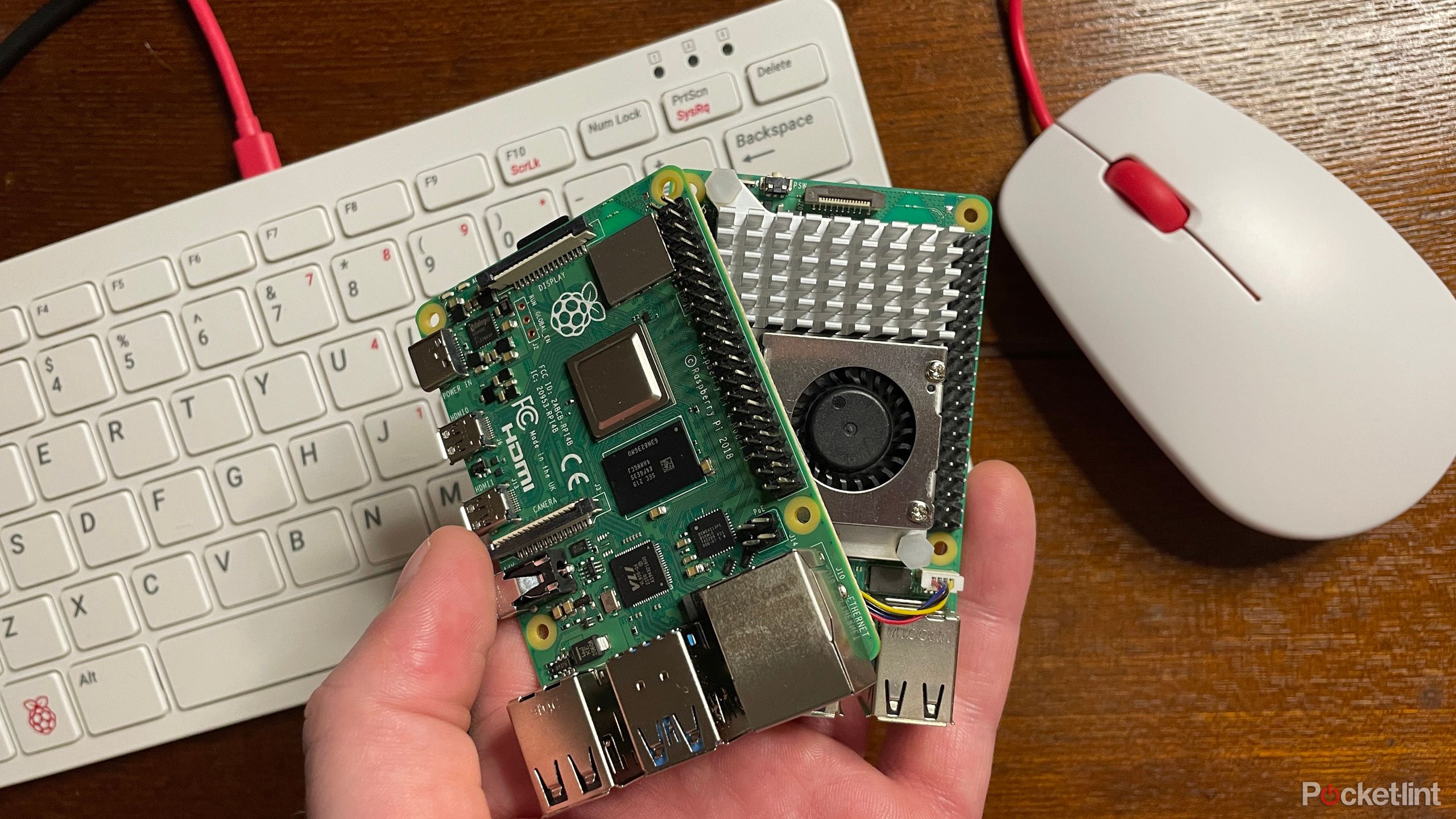
Value and availability
Maybe surprisingly, the Pi 5 is not way more costly than the Pi 4, supplied we’re evaluating variations with the identical quantity of reminiscence. It is simply $5 extra for the Pi 5 in 4GB or 8GB configuration in comparison with the 4GB or 8GB Pi 4.
|
Raspbery Pi 4 |
Raspberry Pi 5 |
|
|---|---|---|
|
1GB |
$35 |
– |
|
2GB |
$45 |
– |
|
4GB |
$55 |
$60 |
|
8GB |
$75 |
$80 |
Sadly, there’s at the moment no 1GB or 2GB model of the Pi 5, so $60 is about as low cost as you will discover the most recent Raspberry Pi for now.
Design and ports on mini computer systems
The Pi 5 and 4 look extremely comparable from a distance. There’s that acquainted pocket-sized circuit board, a chunky caterpillar row of GPIO pins, and a slew of peripheral ports. However there’s greater than would possibly initially meet the attention with the Pi 5.
Main adjustments that the Raspberry Pi has undergone with this new iteration:
- The 2 mini MIPI connectors have been shrunk and moved, and each can be utilized for show or digital camera
- There’s now a versatile flat cable (FCC) port for PCIe connections on the high of the board
- There is a built-in real-time clock (RTC)
- There is a four-pin fan header for lively cooling with PWM functionality
- There is a separate UART connector for UART debugging, so you do not have to attach by way of GPIO
- There is a (teeny tiny) bodily energy button to show the Pi 5 on and off
- There’s no 3.5mm audio port
- There is a devoted enter/output (I/O) controller chip
- Some ports have been moved round (Ethernet and USB swapped locations)
A lot of that is out with the previous, in with the brand new. Shrinking ports actually helps – the flexibility to shrink MIPI connectors to make room for an FCC connector offers us the choice for exterior PCIe entry, which ought to be thrilling for these of you eager to hook up an SSD.
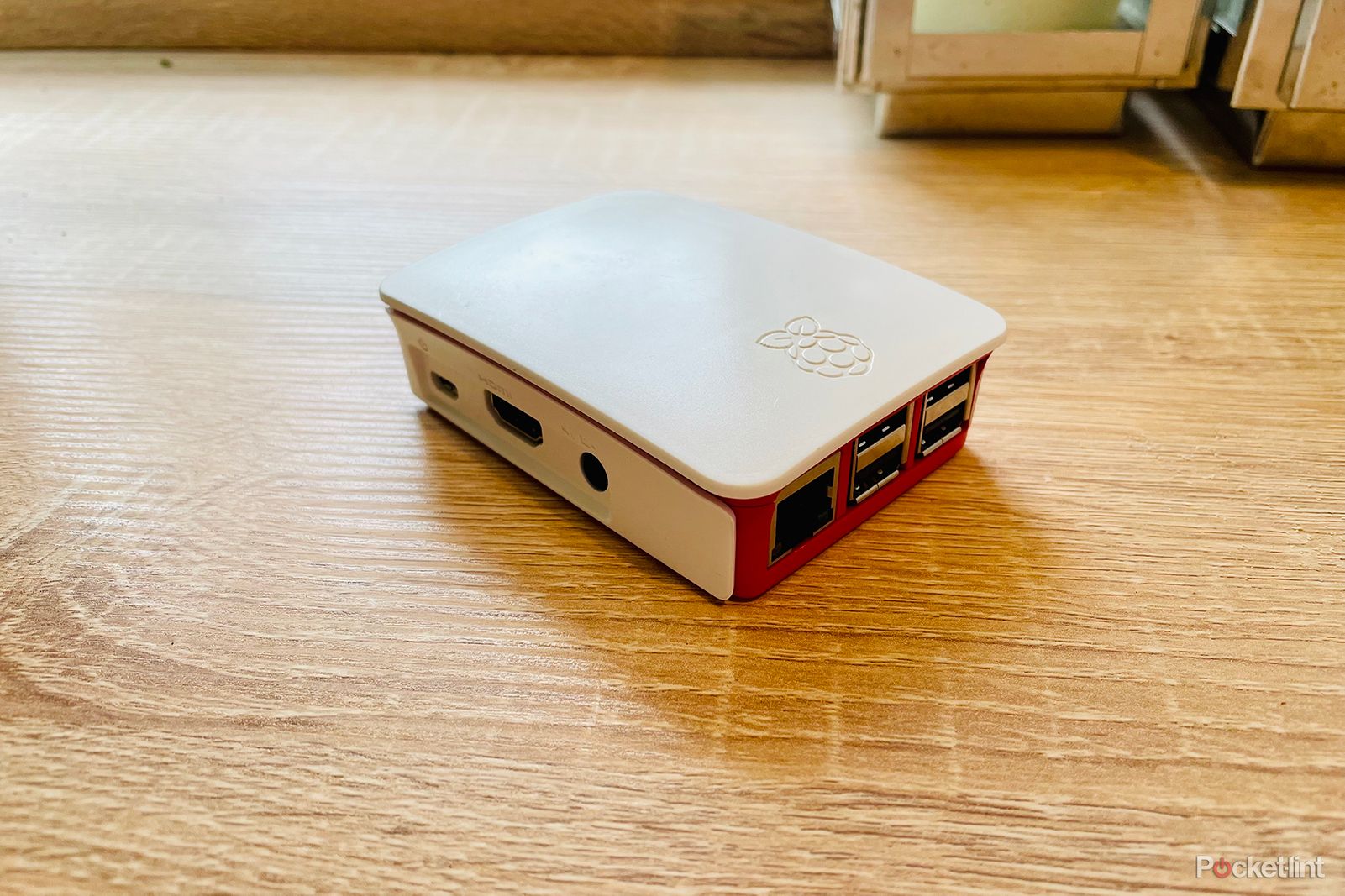
Best Raspberry Pi case: Protect your tiny supercomputer
The proper circumstances to maintain your Raspberry Pi protected.
It is the little issues, in small packages
Throughout my time testing each gadgets, I discovered the smaller design adjustments to have essentially the most stunning impression. When switching from the Pi 4 to the Pi 5, I actually began to overlook the previous’s 3.5mm audio port. My take a look at monitor does not have built-in audio system, and whereas 3.5mm is a dying customary, I am one of many unfortunate few who nonetheless depends on it.
Alternatively, the Pi 5’s bodily energy button was an unimaginable boon to my expertise, and I ended up resenting the Pi 4 to a maybe unreasonable extent due to it. Certain, it does not break my again to unplug the Pi 4 and plug it in once more to show it on, however with the Pi 5 mendacity proper subsequent to it, taunting me with its tiny energy button, the Pi 4 began to appear considerably diminished as compared. To not point out, each time you unplug the Pi 4 to energy it off, you run the possibility of corrupting knowledge if you happen to do not take the time to correctly shut it down first.
However I have been spoiled in that regard. An influence button is an pointless consolation for an SBC, and I can not assist however really feel a little bit foolish for valuing it so extremely.
Specification showdown
-
Raspberry Pi 5 Raspberry Pi 4 Mannequin B Model Raspberry Pi Raspberry Pi Storage Flash storage or PCIe with adapter Flash storage CPU Broadcom BCM2712, quad-core (4x Arm Cortex-A76), 2.4GHz Broadcom BCM2711, quad-core (4x Arm Cortex-A72), 1.8GHz Reminiscence 4GB or 8GB 1GB, 2GB, 4GB, or 8GB Working System Raspberry Pi OS (Linux) Raspberry Pi OS (Linux) Ports 40-pin GPIO, PCIe FFC, UART, USB-C, RTC battery, 2x micro-HDMI, fan connector, 2x USB 2.0, 2x USB 3.0, Ethernet, PoE HAT connector, 2x MIPI DSI/CSI 40-pin GPIO, USB-C, 2x micro-HDMI, 2x USB 2.0, 2x USB 3.0, Ethernet, PoE HAT connector, 4-Pole Stereo Audio, MIPI DSI Show Port, MIPI CSI Digital camera Port Show As much as 4K As much as 4K
The Raspberry Pi 5 is extra highly effective than the Raspberry Pi 4 in each regard. It has a greater CPU, higher GPU, and quicker RAM.
The Raspberry Pi 5 permits for 2x 4K screens working at 60Hz, whereas the Raspberry Pi 4 solely helps a 1x 4K monitor at 60Hz and 1x 4K monitor at 30Hz.
Additionally essential, nonetheless, is the completely new chip included on the Raspberry Pi 5: the RP1. This I/O controller (primarily a southbridge) permits for speedier enter and output throughout all types of interfaces. For instance, it ought to enable the USB 3.0 ports to switch knowledge faster, and even MicroSD card knowledge entry ought to be faster with the Pi 5.
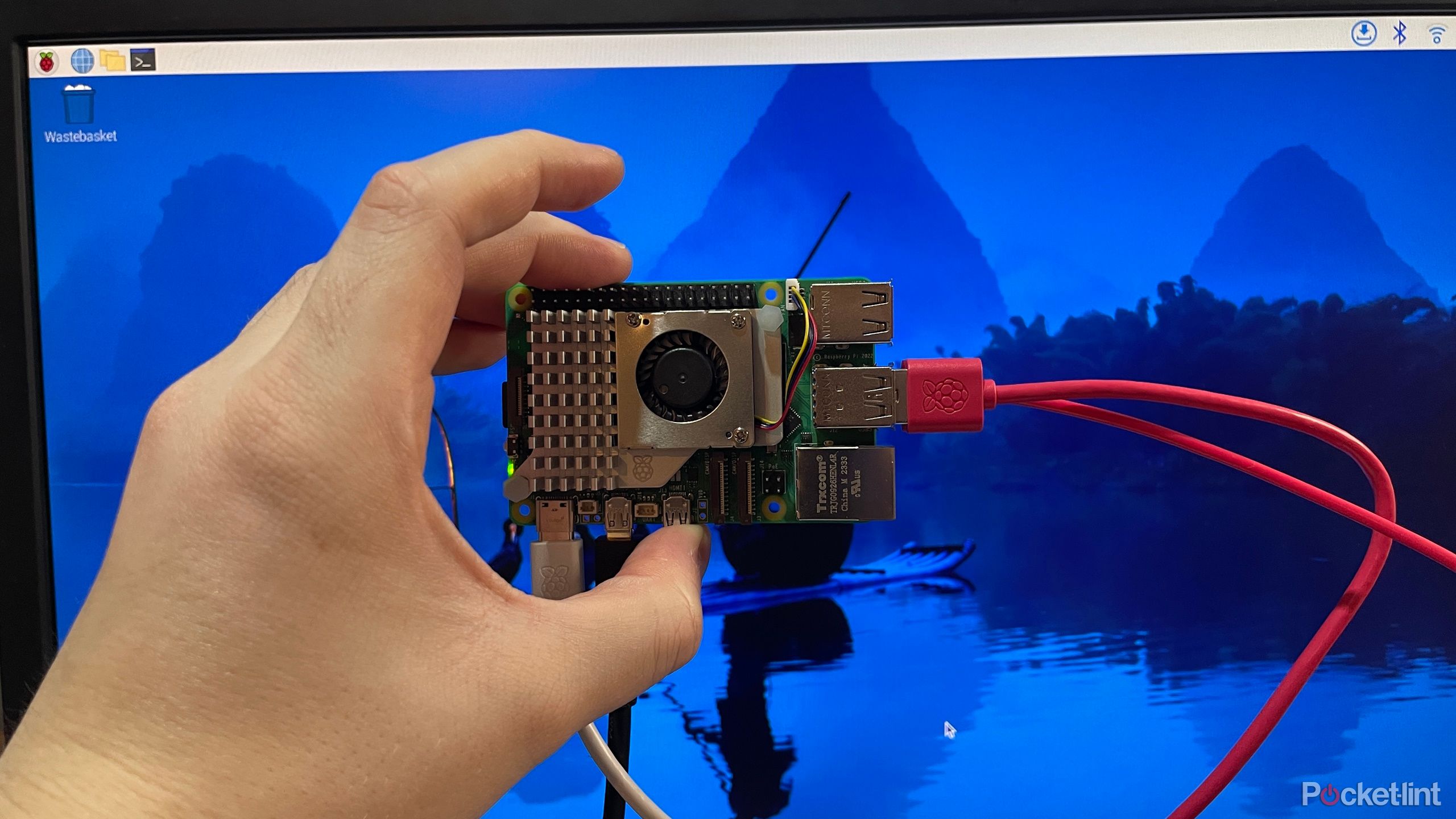
My Raspberry Pi 5 is a delight, and I’m excited about all its future uses
The Raspberry Pi 5 has loads of upgrades, however do you want all that additional horsepower? I put it to the take a look at.
What about efficiency?
Raspberry Pi claims that “Raspberry Pi 5 delivers a 2-3× enhance in CPU efficiency relative to Raspberry Pi 4.” This can be a daring declare, but it surely’s one which I discovered holds true in my testing. The Pi 5’s CPU and GPU upgrades (600MHz and 300MHz will increase, respectively, not together with architectural enhancements) led to a efficiency enchancment that I wasn’t fairly anticipating.
Admittedly, I used to be evaluating a 2GB Pi 4 to an 8GB Pi 5, however I paid consideration to my RAM utilization (utilizing the Linux command “free -m”) and ensured this wasn’t bottle necking issues too closely.
What I discovered was that the Pi 5 is, the truth is, nearly 3x quicker than the Pi 4. GeekBench and BrowserBench outcomes confirmed this, though with out its lively cooler connected, the Pi 5 was solely a little bit over 2x quicker than the Pi 4.
That is actually one thing to notice: the Raspberry Pi 5 does require a cooling fan if you wish to take advantage of out of its improved {hardware}. (You possibly can learn extra about that in my full Raspberry Pi 5 review.)
Actual-world desktop efficiency
Raspberry Pi’s claims have been confirmed by my testing, however benchmarks do not actually inform us a lot, do they? What did inform me one thing, although, was my expertise utilizing these two computer systems as day by day drivers for some time — at the least for some easy duties.
It is throughout this day-to-day utilization that I got here to understand each the Raspberry Pi 4 and Raspberry Pi 5 in several methods.
At first, there is not any denying that the Pi 5 is quicker. In my evaluation of it, I claimed that the Pi 5 was the primary Pi to hit a house run for desktop PC use circumstances, and I stand by that. My customary take a look at is to open three or 4 frequent apps: VSCode, Firefox, Textual content Editor, File Supervisor, and the Terminal. Then, I load up three or 4 customary browser tabs (social media, blogs, Google Docs) and one low-res YouTube video.
Throughout this take a look at, the Pi 4 actually (and I imply actually) struggled. The truth is, simply opening Firefox took about twice as lengthy on the Pi 4 than the Pi 5, and the Pi 4 even struggled with out the video. The Pi 5, nonetheless, dealt with such multitasking with ease. (This wasn’t a RAM capability challenge, both. I saved issues underneath 2GB utilization with a little bit additional leeway.)
Such was my appreciation for the Pi 5.
However I actually got here to understand the Pi 4 in its personal means, too. Contemplating its cheaper price and older {hardware}, I am impressed that it manages to deal with lighter workloads (i.e., involving much less multitasking) on the brand new Raspberry Pi OS with such grace. Menus are snappy, apps load comparatively shortly, and on a regular basis duties will be undertaken and not using a single hitch.
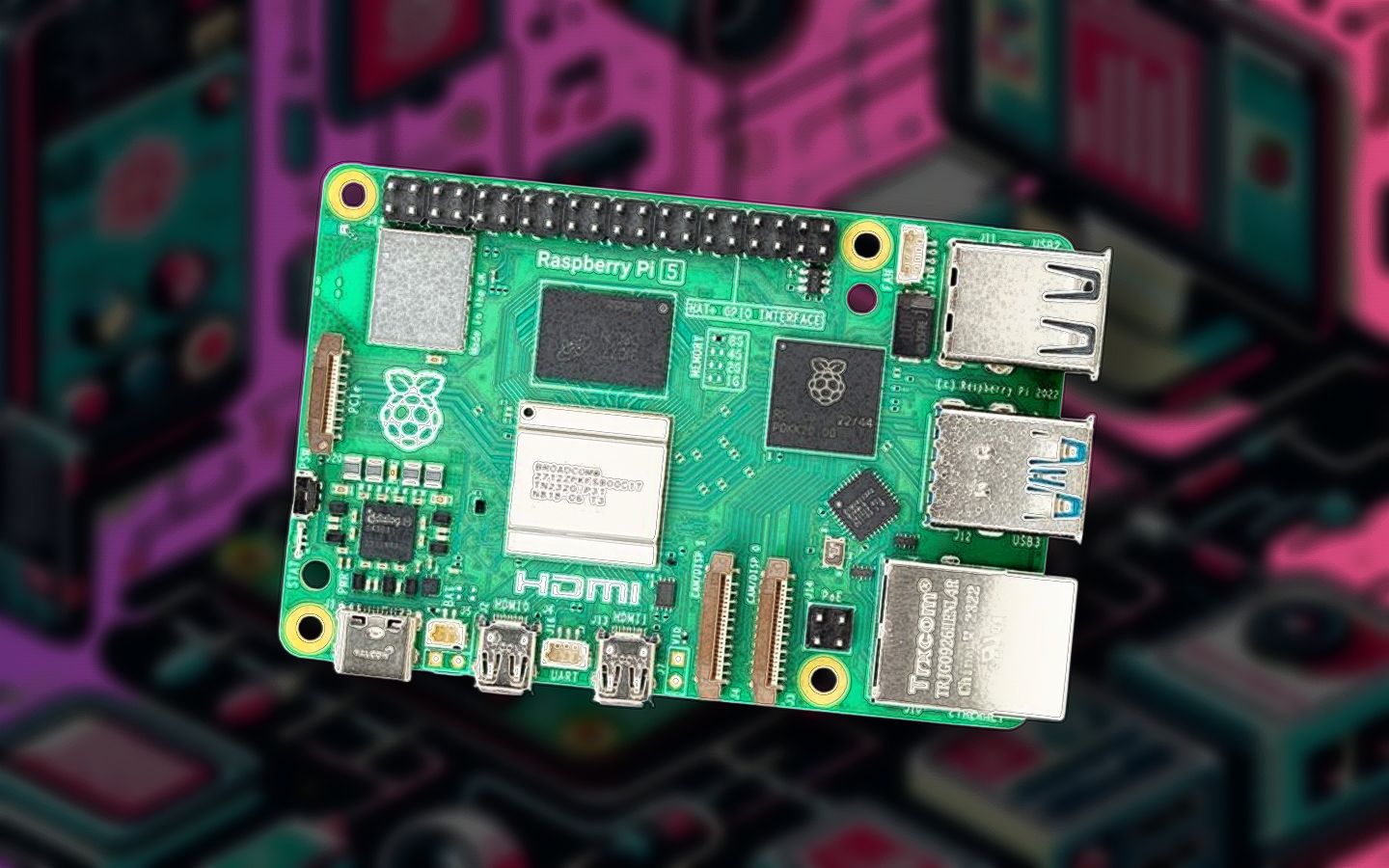
5 ways to use the new Raspberry Pi 5: Fun beginner projects
The Raspberry Pi 5 is right here, and it is snappier than ever. Listed here are some thrilling, beginner-friendly tasks to do with it.
What can you utilize the Pi 4 and Pi 5 for, respectively?
The Raspberry Pi 5’s upgraded {hardware} makes it an amazing selection for any tasks that require a whole lot of CPU or GPU horsepower.
For day-to-day desktop use, I discovered the Raspberry Pi 5 to serve simply in addition to my way more highly effective desktop PC or laptop computer.
The obvious of such makes use of is as a desktop PC, and it is right here the place the Raspberry Pi 5 actually shines. For day-to-day desktop use, I discovered the Raspberry Pi 5 to serve simply in addition to my way more highly effective desktop PC or laptop computer. Throw in the opportunity of connecting an NVMe SSD by way of a third-party HAT to run its OS, and the Pi 5 is a no brainer for dwelling desktop use.
The Pi 5 can also be a a lot better possibility for I/O-heavy use circumstances. A critical NAS or backup storage answer, for instance, would profit from the Pi 5’s improved I/O speeds. The Pi 5 may even be higher for tasks involving high-resolution cameras, as a result of its MIPI connections provide the next bandwidth than the Pi 4’s connections.
The Raspberry Pi 4, nonetheless, ought to be greater than sufficient for many single-purpose makes use of that are not very CPU- or GPU-intensive. You would not wish to use a Pi 5 for a Pi-hole, for instance – that may be overkill.
Pocket-lint
A 1GB or 2GB Pi 4, nonetheless, can swimsuit many low-intensity workloads, equivalent to powering low-res safety cameras, movement detectors, simple retro games, streaming climate reviews or radio stations, fundamental desktop duties, and residential media streaming.
You would possibly observe that I’ve left the 4GB and 8GB variations of the Pi 4 out of this evaluation, and that is intentional. There does not appear to be a spot for the 4GB and 8GB Raspberry Pi 4, now that the Pi 5 is right here. An additional $5 for a Pi 5 will nearly all the time be price it, even when just for the chance that you may determine to place it to a unique, extra CPU-intensive use sooner or later.
Which is best: the Raspberry Pi 5 or 4?
The Raspberry Pi 5 and 4 each serve completely different functions. The Pi 5 is 2-3x quicker than the Pi 4, has quicker I/O speeds, and has a bodily energy button, making it serve very effectively as a pc for common desktop use.
Now that there is a Raspberry Pi in the marketplace that is this way more highly effective than the Pi 4, and provided that its 4GB and 8GB variations price solely barely greater than the respective Pi 4 counterparts, the 4GB and 8GB variations of the Pi 4 at the moment are redundant. If you need a 4GB or 8GB Pi 4, except you are attempting a particular software or undertaking that solely works on the Pi 4, a Pi 5 will probably be a greater buy.
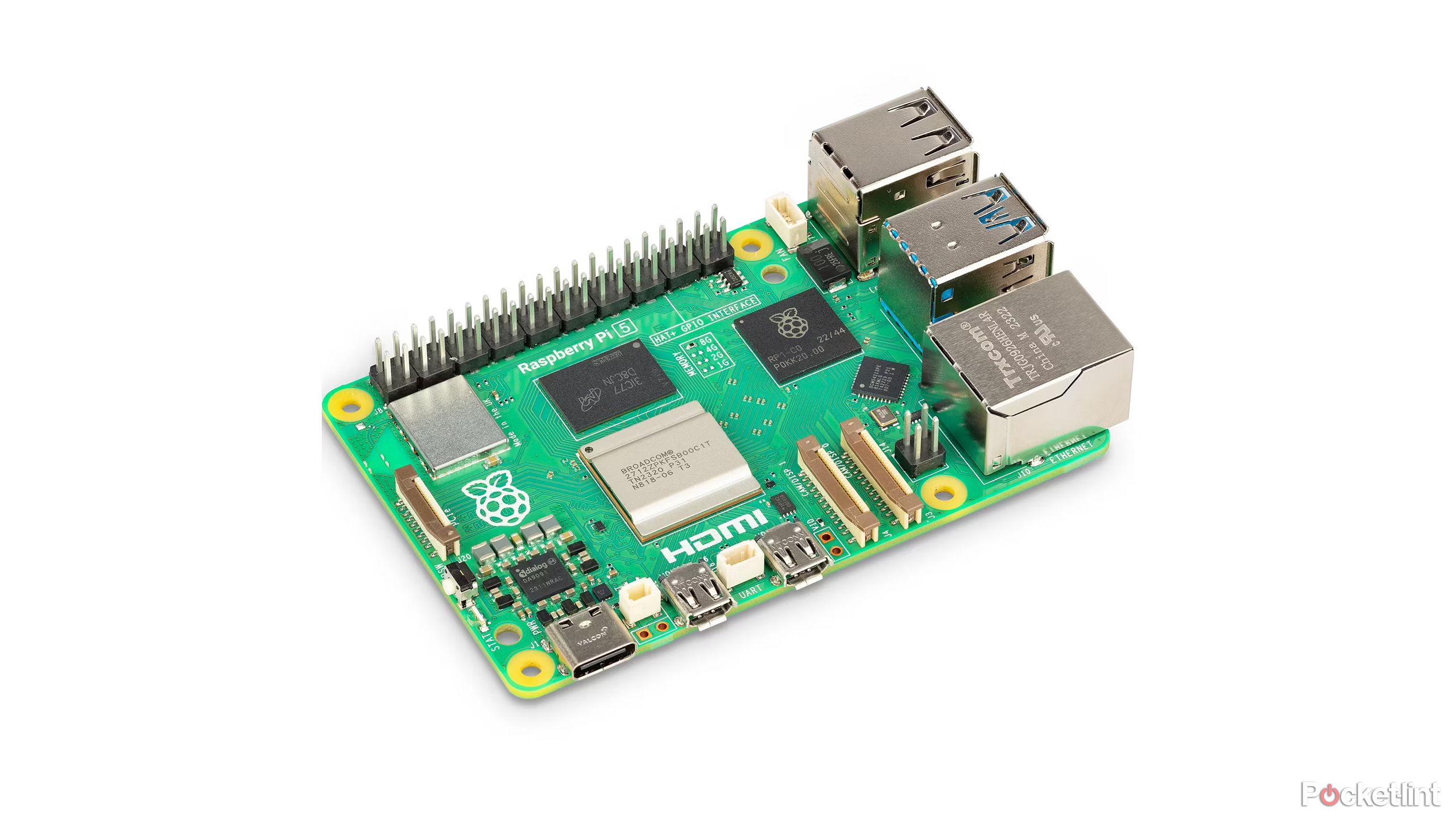
Raspberry Pi 5
Editor’s Alternative
That leaves the Raspberry Pi 4, 1GB and 2GB, and fortunately, there’s little overlap between the utilization of those gadgets and people for the Pi 5. For low-intensity makes use of, the Pi 4 will probably be a lot better worth as a result of the Pi 5 will probably be overkill.
Fortunately, there are numerous low-intensity Raspberry Pi tasks to sink your enamel into, so the Raspberry Pi 4 will not be going wherever (at the least, not whereas there is not any 2GB or 1GB model of the Raspberry Pi 5). These sorts of tasks are what Raspberry Pi has all the time been about, in any case.
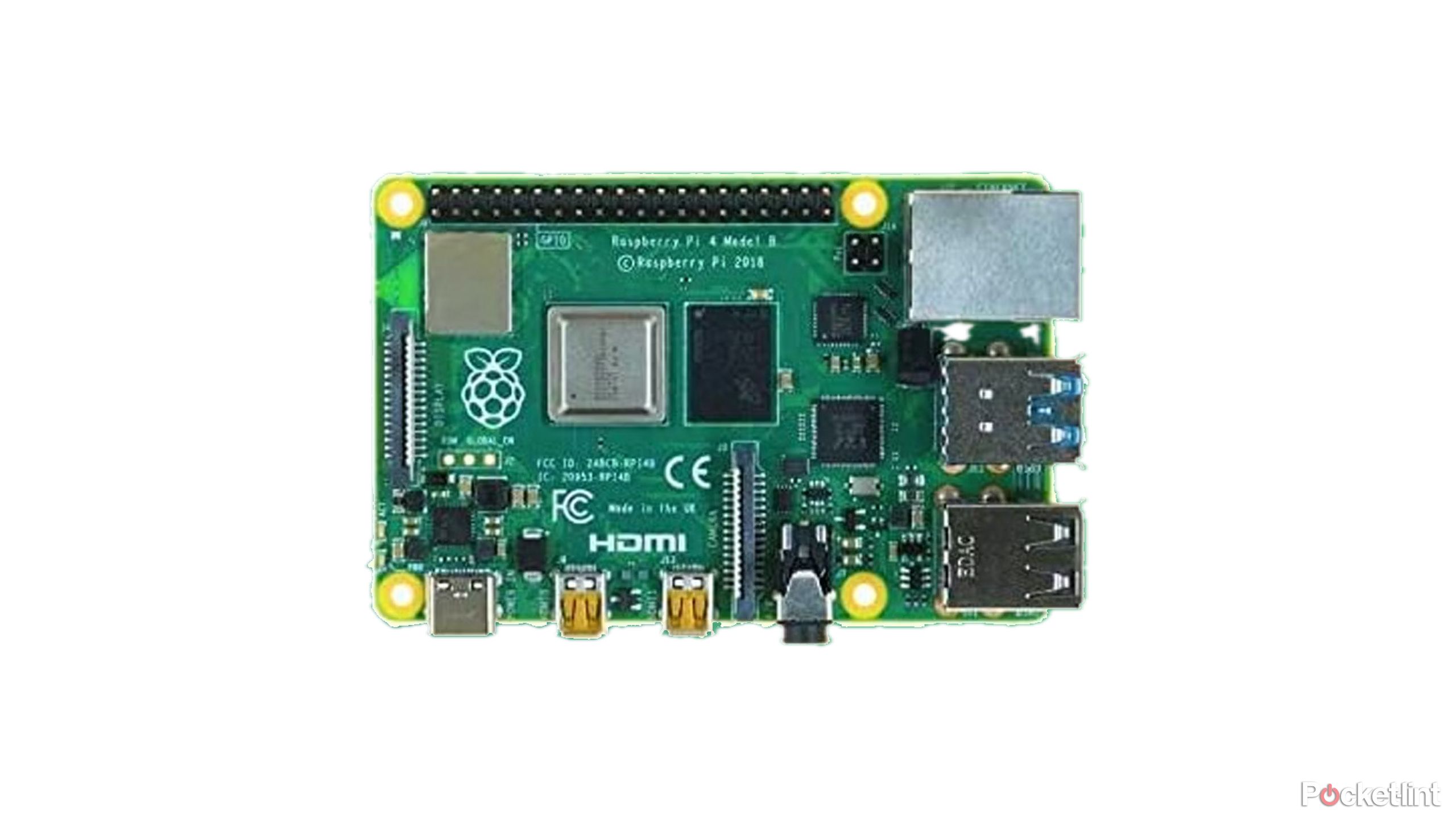
Raspberry Pi 4 Mannequin B
Good various

How to set up Home Assistant with a Raspberry Pi and build a smart home
Get Residence Assistant up and working and create your first automations.
Trending Merchandise

